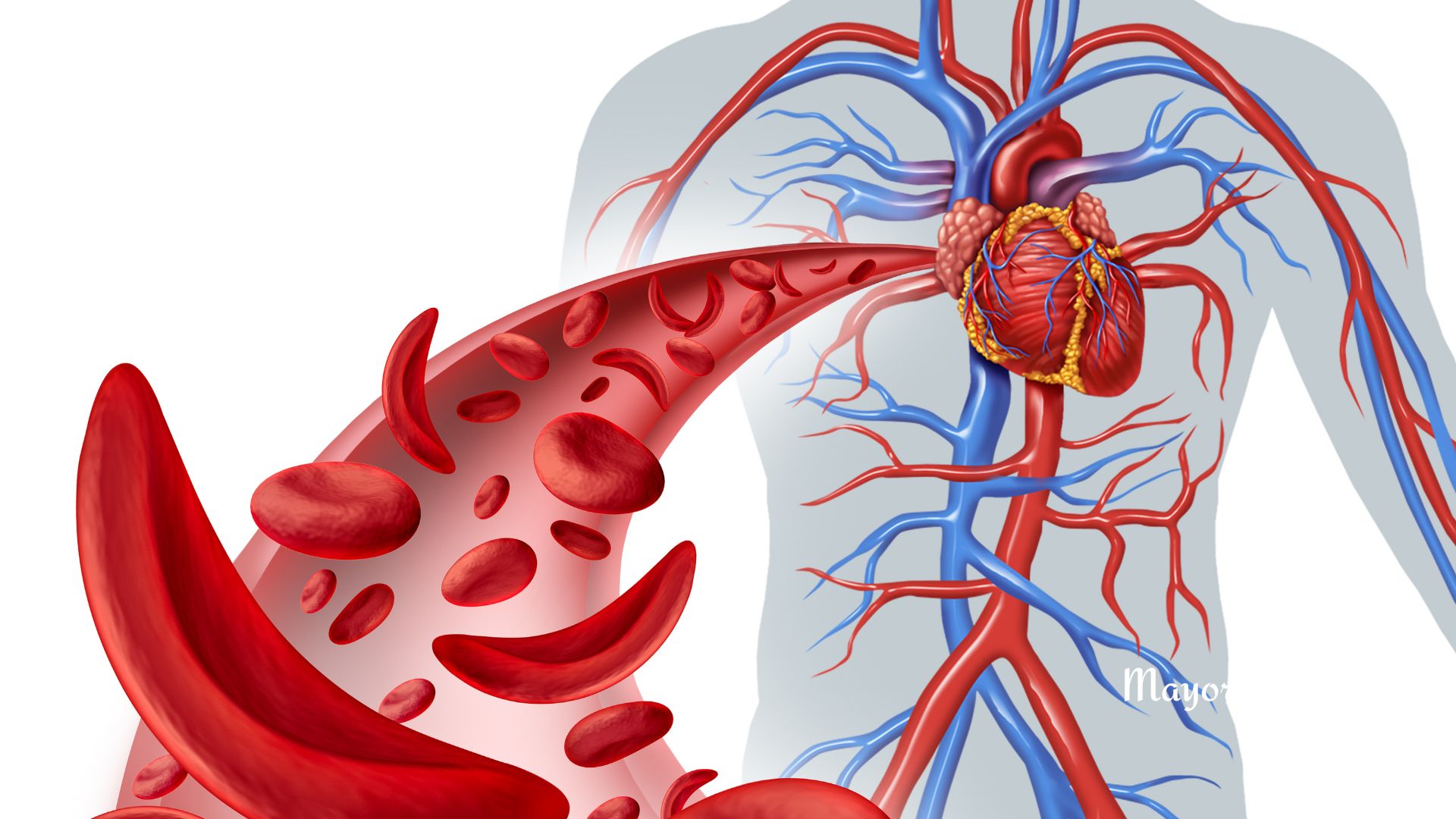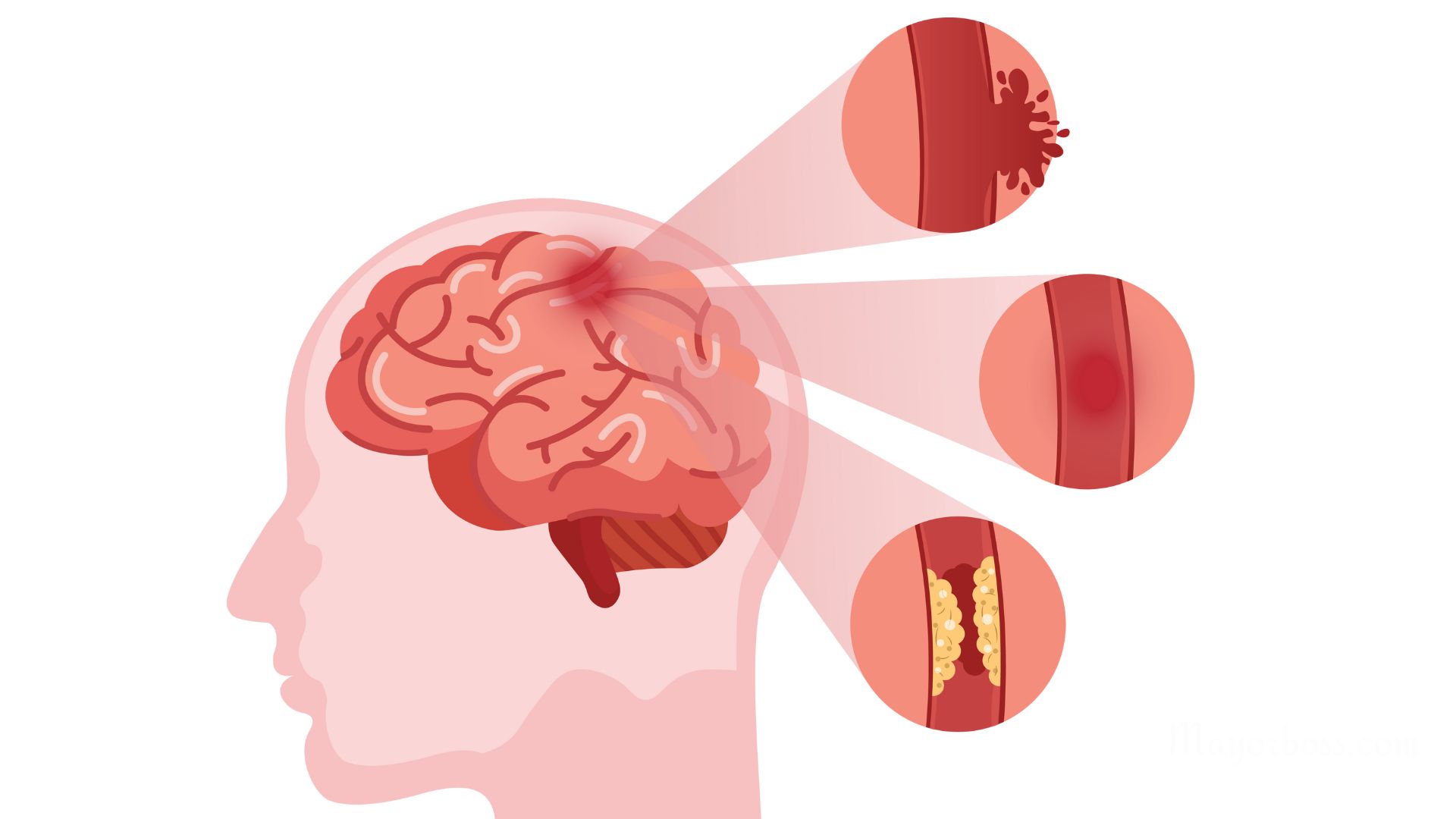Sickle Cell Disease: What You Need to Know
Sickle cell disease is a genetic disorder. It affects the shape and function of red blood cells. People with this disease have red blood cells that are shaped like a sickle, causing them to become stuck in small blood vessels. This can lead to pain, infection, and other serious health problems.
What is Sickle Cell Disease?
In layman’s terms, sickle cell disease is a lifelong, inherited blood disorder. If you have this disease, your red blood cells become misshaped, looking more like a crescent or sickle rather than a round disc. These irregularly shaped cells can cause blockages in blood flow, which may result in a range of complications.

Symptoms of Sickle Cell Disease
Sickle cell disease is marked by the presence of irregularly shaped red blood cells, which can cause various symptoms. These symptoms can range from mild to severe and may change over time. Here’s a detailed look at the symptoms you or someone with this condition might experience:
Pain Crises
A defining symptom of sickle cell disease is the sudden onset of pain, known as a pain crisis. These episodes can occur without warning and are caused by sickle-shaped red blood cells blocking blood flow to tissues. This pain can be:
- Sharp, intense, and throbbing.
- Located in the arms, legs, chest, abdomen, or joints.
- Long-lasting, with episodes lasting from a few hours to several days.
Pain crises require medical intervention, often including hospitalization for pain management.
Anemia
Since sickle cells die sooner than normal red blood cells, you may have a constant shortage of red blood cells, causing anemia. This can lead to:
- Chronic fatigue or tiredness.
- Dizziness or lightheadedness.
- Shortness of breath, especially during physical activity.
Acute Chest Syndrome
Acute chest syndrome is a severe complication of sickle cell disease. It’s marked by chest pain, fever, and difficulty breathing. You might also notice:
- Coughing or wheezing.
- Lower oxygen levels in the blood.
Prompt medical attention is crucial, as this condition can be life-threatening.
Infections
Sickle cell disease may increase your susceptibility to infections. This is particularly true for:
- Pneumonia.
- Influenza.
- Urinary tract infections.
Regular vaccinations and careful hygiene can help protect you from these infections.
Other Symptoms
Sickle cell disease can also cause other symptoms, such as:
- Jaundice (yellowing of the eyes and skin).
- Swelling in the hands or feet.
- Vision problems due to damage to blood vessels in the eyes.
Causes of Sickle Cell Disease
This disease is caused due to an inherited gene that affects the hemoglobin within the red blood cells. If both parents carry the gene, a child has a 25% chance of inheriting the disease.
How is it Diagnosed?
A blood test can confirm the presence of sickle cell disease. If you have a family history of this disease, you may want to consider genetic counseling.
Treatment for Sickle Cell Disease
Managing sickle cell disease involves a comprehensive approach to minimize symptoms, prevent complications, and enhance the quality of life. While there’s no complete cure for this disease, several treatment options are available. Here’s what you or someone with sickle cell disease can expect in terms of treatment:
Pain Relief
Pain is a common and debilitating symptom of sickle cell disease. Treatment often begins with pain relief:
- Over-the-Counter Medication: For mild pain, drugs like paracetamol and ibuprofen may be prescribed.
- Prescription Pain Medication: More severe pain may require prescription pain relievers, especially during a pain crisis.
Hydroxyurea
Hydroxyurea is a medication that can reduce the frequency of pain crises and the need for blood transfusions. It works:
- By increasing fetal hemoglobin, which helps prevent the formation of sickle cells.
- As a long-term daily medication to manage symptoms.
Regular Transfusions
For some individuals, regular blood transfusions may be necessary:
- To increase the number of normal red blood cells.
- To decrease complications such as stroke risk.
Exchange Transfusion
An exchange transfusion replaces sickle cells with normal red blood cells. This can be particularly helpful during severe complications like acute chest syndrome.
Bone Marrow Transplant
In some cases, if it is possible, a bone marrow transplant from a compatible donor may be considered:
- This procedure replaces the bone marrow affected by sickle cell disease with healthy marrow.
- It may offer a potential cure but comes with significant risks and challenges.
Lifestyle and Preventive Measures
Staying Healthy
If you are living with sickle cell disease, you can take steps to live a healthy life:
- Stay Hydrated: Drinking plenty of water helps keep your red blood cells from becoming sickled.
- Avoid Extreme Cold or Heat: Extremes in temperature can trigger a pain crisis.
- Engage in regular but not strenuous exercise.
- Receive Regular Medical Care: Regular check-ups with a healthcare provider who specializes in sickle cell disease can help manage your condition effectively.
Vaccinations and Antibiotics
Regular vaccinations against infections like pneumonia and taking prescribed antibiotics can prevent life-threatening complications.
Psychological and Social Support
Living with sickle cell disease can be emotionally challenging. Support from mental health professionals, support groups, and family can make a significant difference in coping with the disease.






